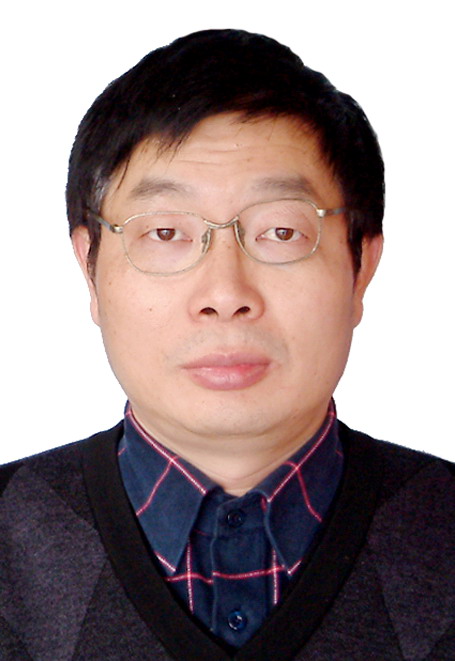
Privacy statement: Your privacy is very important to Us. Our company promises not to disclose your personal information to any external company with out your explicit permission.
 Mr. John chang
Mr. John changThe thyristor, which is an abbreviation of the thyristor rectifying element, is a four-layer high-Power Semiconductor Device having three PN junctions, which is also called a thyristor. It has the characteristics of small size, relatively simple structure and strong function, and is one of the more commonly used semiconductor devices.
The thyristor is divided into a unidirectional thyristor and a two-way thyristor. The two-way thyristor is also called triac, or TRIAC for short. The triac is structurally equivalent to two unidirectional thyristor reverse connections, and the thyristor has a dual-conducting function. Its on-off state is determined by the gate G. Adding a positive pulse (or a negative pulse) to the gate G can make it forward (or reverse). The advantage of this device is that the control circuit is simple and has no reverse voltage resistance, so it is especially suitable for AC non-contact switches.

The thyristor has three PN junctions (J1, J2, J3) that form a four-layer P1N1P2N2 structure, as shown in the following figure. The thyristor has three electrodes externally, the electrode drawn by the first layer of P-type semiconductor is called anode A, the electrode drawn by the third layer of P-type semiconductor is called gate G, and the electrode of fourth layer of N-type semiconductor is called It is the cathode K, in which the presence of the gate G makes the thyristor have different operating characteristics than the diode.

When analyzing the working principle of thyristors, we often regard this four-layer P1N1P2N2 structure as consisting of a PNP tube and an NPN tube, as shown in the following figure.

When the forward voltage is applied to the anode A terminal, the BG1 and BG2 tubes are in an amplified state. At this time, the forward trigger signal is input from the G terminal of the control pole, so that the base current ib2 of the BG2 tube passes, and after amplification by the BG2 tube, Its collector current is ic2=β2ib2. While ic2 flows along the circuit to the base of BG1, there is ib1=ic2, and the current is amplified by the BG1 tube, and the collector current of BG1 is ic1=β1ib1=β1β2ib2. This current flows back to the base of BG2, causing the base current ib2 of BG2 to increase, resulting in a positive feedback that causes a sharp increase in current, which in turn causes the thyristor to saturate and conduct. Since positive feedback is formed in the circuit, the thyristor cannot be turned off once turned on, and even if the current at the G terminal of the control electrode disappears, the thyristor can continue to maintain the conduction state.
According to the above analysis of the working principle, the thyristor has only two working states: on and off, how to convert between the two working states? What are the conditions for the transition of the state? The picture below will tell you the answer~

August 12, 2024
The full name thyratron, commonly known as thyristor, is a bistable power electronic device that contains 3 or more PN junctions that can switch from off-state to on-state or from on-state to...
LEDC editor Mizyhe reports: Kaai is a manufacturer of InGaN green and blue lasers for consumer applications, and recently demonstrated a green laser diode based on non-polar and semi-polar GaN...
Abstract: In order to shorten the reverse recovery time, traditional fast recovery diodes usually use electron irradiation to reduce the minority carrier lifetime in the base region. However,...
On November 29, when BOE A answered an investor's question on the interactive platform, the Micro LED was a new generation of display technology. The structure was that the miniaturized LED array...
Email to this supplier
August 12, 2024
August 14, 2023
February 23, 2021

Privacy statement: Your privacy is very important to Us. Our company promises not to disclose your personal information to any external company with out your explicit permission.

Fill in more information so that we can get in touch with you faster
Privacy statement: Your privacy is very important to Us. Our company promises not to disclose your personal information to any external company with out your explicit permission.